In the 19th century the preferred color for aquamarine was sea-green, and indeed the name itself means sea water. Today, the most valued colors are sky-blue and dark blue. Aquamarine is dichroic, appearing blue or colorless as the stone is viewed from different angles. Gem-quality aquamarine is found as hexagonal crystals, which may be up to 1m (40 inches) long and flawless, with striations along the length of the crystal. Aquamarine is often cut with the table facet parallel to the length of the crystal in order to emphasize the deepest coloration.
The best of the gem-quality aquamarine is found in Brazil, where it occurs in pegmatites and alluvial deposits of gravel, locally called cascalho. Other localities include the Urals (Russia), Afghanistan, Pakistan, India and more recently exploited, Nigeria. A dark blue variety occurs in Madagascar.
Almost all aquamarine in the market has been heat-treated to enhance its color. Care must be taken not to overheat the stones, as they may become colorless.

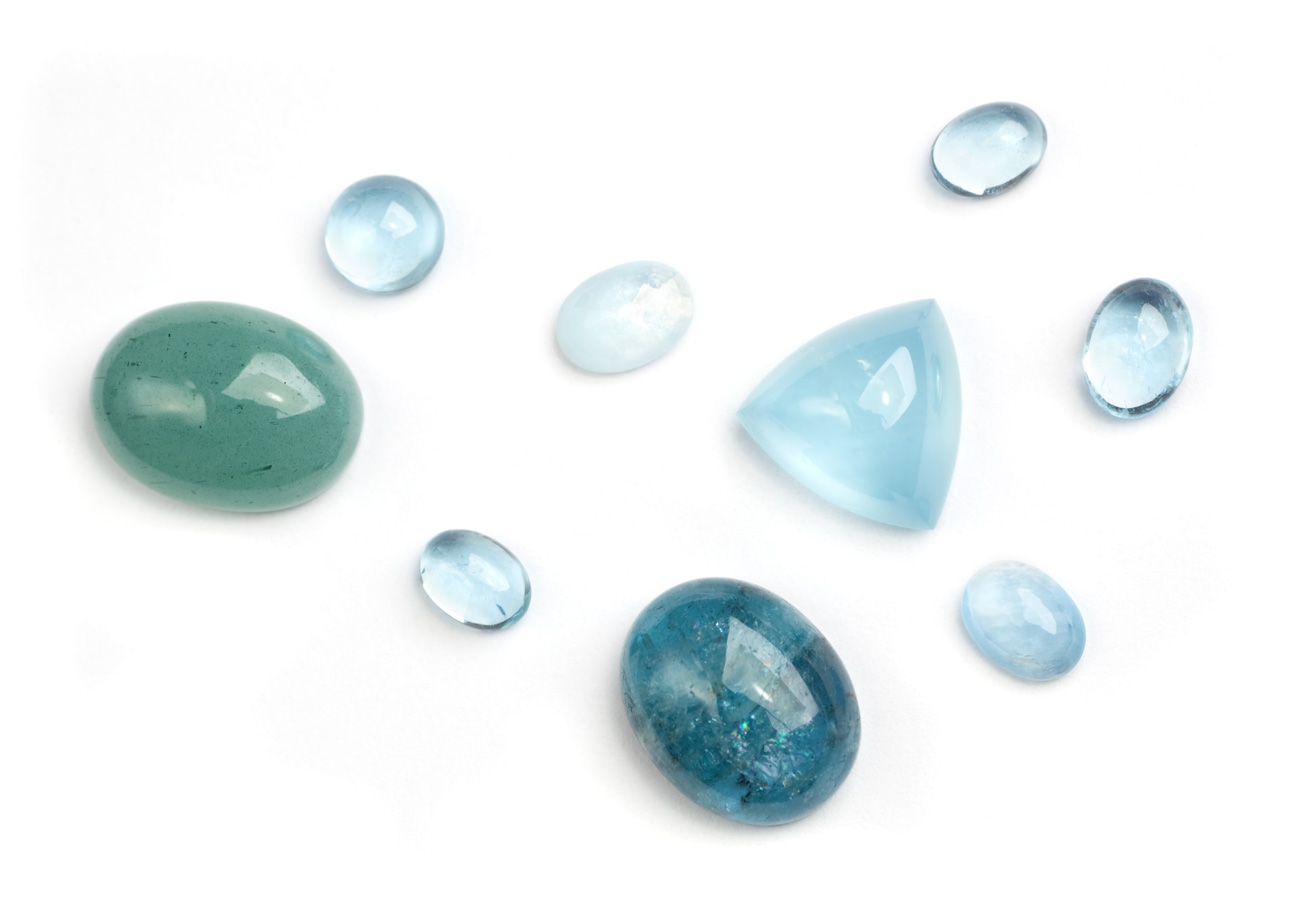
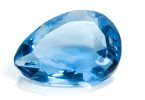
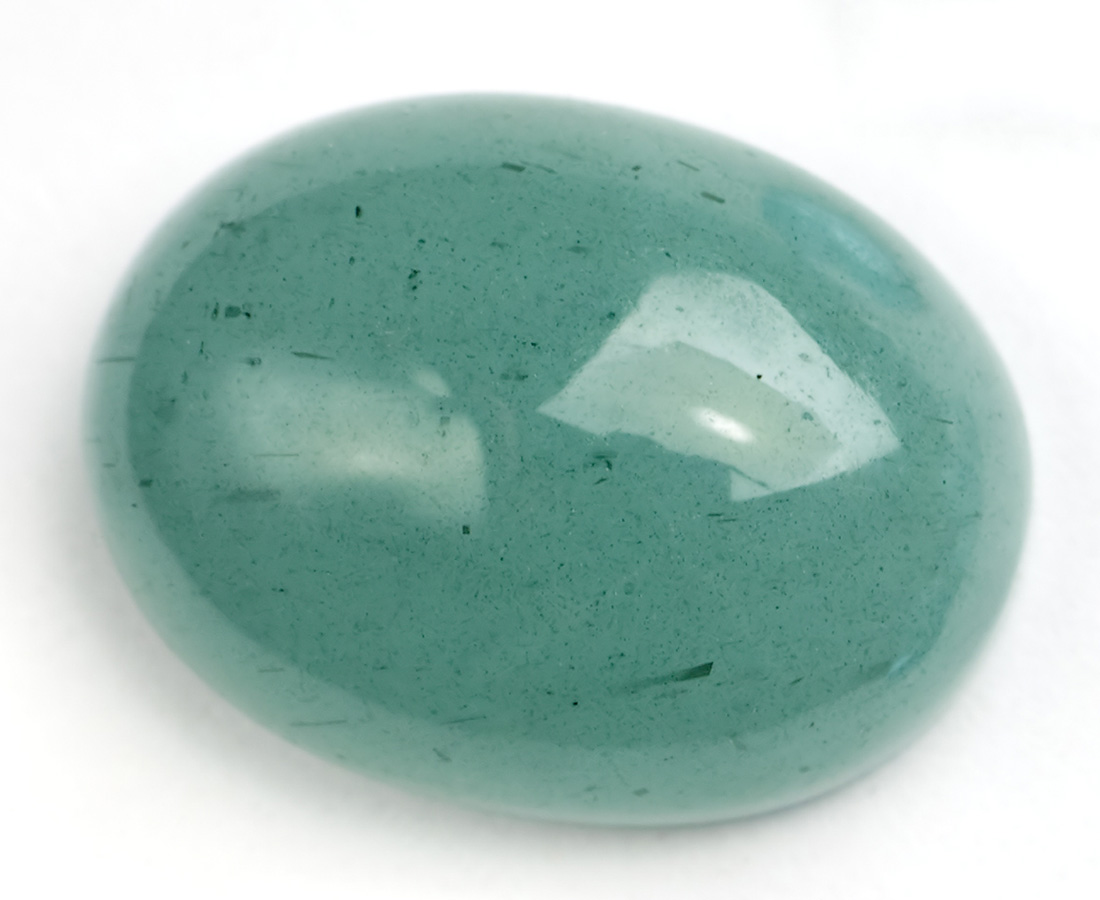
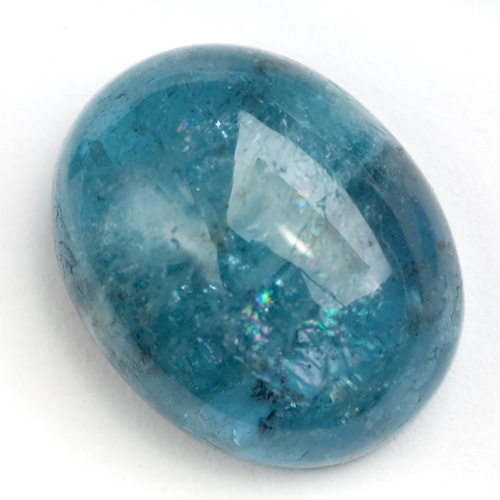
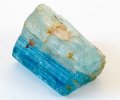
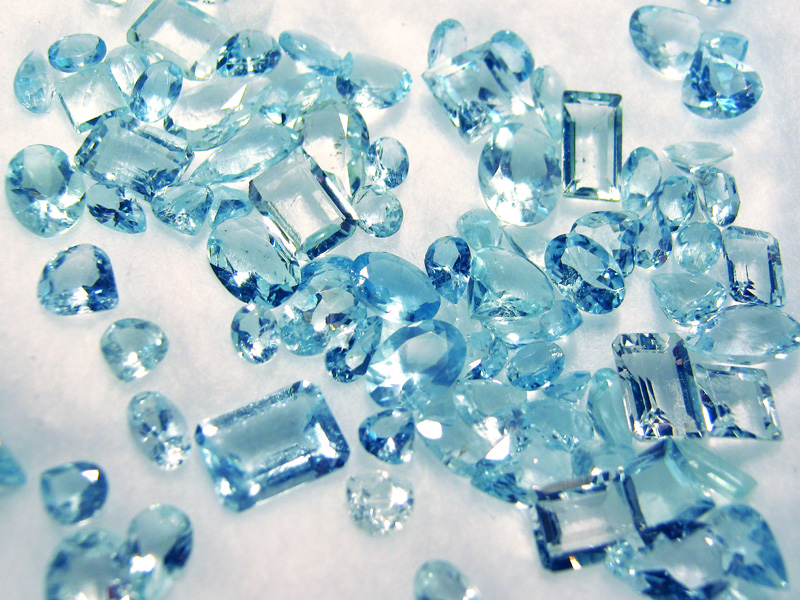


























Leave a Reply
You must be logged in to post a comment.